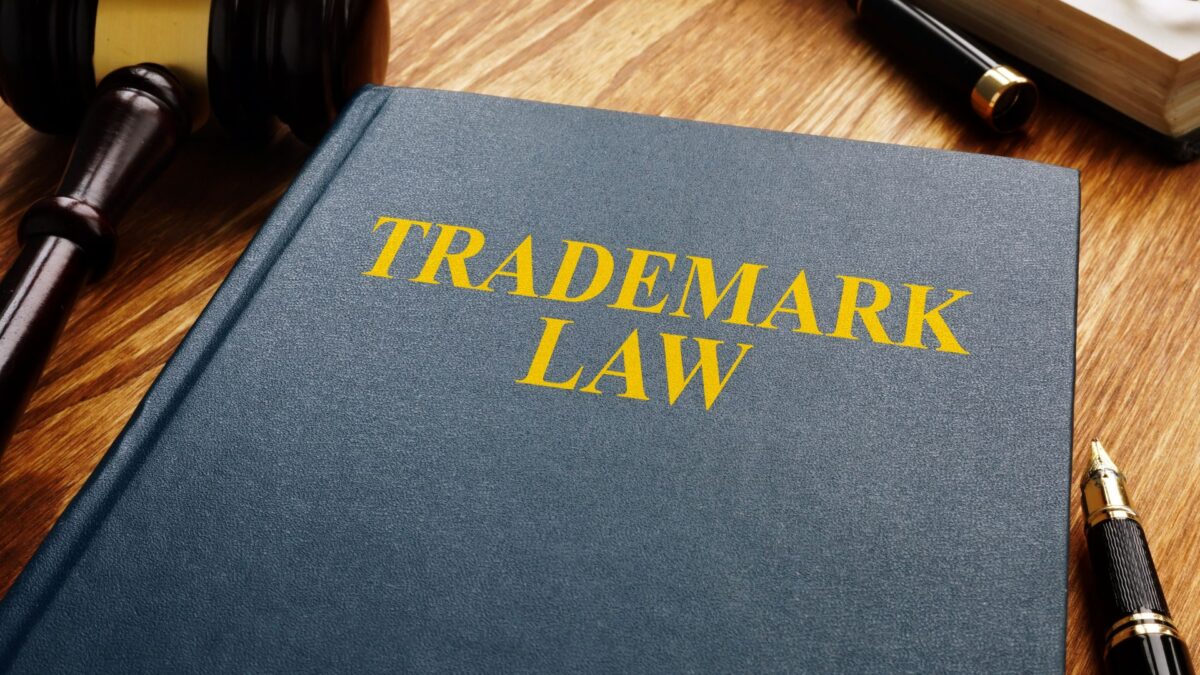What Qualifies as a Dead Trademark?

Trademarks are a type of intellectual property that helps give businesses their own “personality” and distinguish them from competitors. To establish a trademark, a business must follow meticulous legal requirements to have it verified. Once the trademark is active, however, the owner must also maintain their registration, or they can ultimately lose their rights to it. For any businesses, owners of trademarks, or individuals looking to form one, it’s necessary that you understand what a dead trademark is and how to keep up with your registration.
What Is a Trademark, and What Does It Do?
All intellectual property involves abstract concepts that are created by the human mind. There are four main forms of intellectual property: trademarks, trade secrets, patents, and copyrights. Trademarks are a legal category that focuses on logos, phrases, symbols, and other designs that can make your company identifiable. The job of a trademark is to protect the exclusive design or phrase that a business uses to distinguish itself in the market. This gives the owner of the trademark the sole right to use it on their products and throughout their commerce. It also allows them to take legal action against those who attempt to steal their trademarked property or pass it off as their own.
Examples of well-known trademarks include the following:
- Nike’s check mark logo and their “Just Do It” slogan
- Coca-Cola’s soda bottle design
- McDonald’s “M” and their slogan “I’m lovin’ it”
- Apple’s logo
Do Trademarks Expire?
While trademarks are not given specific time limits, like other forms of verified intellectual property, this does not mean that they can’t expire. When an individual or business implements a trademark, they are granted sole ownership of that property for as long as they wish. However, they are required to keep up with certain maintenance to continue holding their trademark status.
After a trademark has been established with the United States Patent and Trademark Office (USPTO), you are required to do the following to keep your registration active:
- Continuously use the trademarked property throughout interstate business.
- File required documents and pay mandatory fees on time. (This generally occurs at the five-year mark, the nine- or ten-year mark, and then every decade after the first ten years.)
What Qualifies as a Dead Trademark?
A trademark is considered “dead” when its owner has abandoned it. The USPTO states that, for a trademark to qualify as dead, it must meet at least one of the following requirements:
- The trademarked property has not been used for at least three years.
- The owner of the trademark failed to keep up with mandatory registration and maintenance requirements.
- The owner failed to answer the USPTO within six months of receiving correspondence.
Can You Use a Dead Trademark?
In most cases, when a trademark is considered dead, the USPTO no longer holds jurisdiction over it, and it is free for anyone to revive. However, using a dead trademark is not always easy and can result in legal issues if you’re not careful. For example, some trademarks can be classified as dead when the owner fails to file documents and pay the fees needed to keep them active. While the USPTO sees this trademark as dead, its owner may still be using it on their products or in commerce. They may also hold what are known as “common law trademark rights.” If this is the case, you should look for a different trademark that you are certain has been abandoned or attempt to create your own.
FAQs
Q: What Are Common Law Trademark Rights?
A: Even if a trademark is classified as dead by the USPTO, the owner most likely can retain common law trademark rights if it is still being used in commerce. This is because after a trademark has been used for an extended period, that piece of property becomes an identifiable aspect of a business. If the owner of a dead trademark has common law trademark rights, they still have the exclusive opportunity to use it in their area.
Q: What Is a Declaration of Use?
A: A Declaration of Use is one of the mandatory maintenance forms trademark owners must submit at scheduled times. The USPTO requires owners of trademarks to file Declarations of Use after five and then nine years of use, respectively. This document simply verifies that you have continued to use your trademark in commerce and want to maintain ownership of it.
Q: What Is the Difference Between a Trademark and a Trade Secret?
A: Trademarks and trade secrets are two distinct forms of intellectual property that are often confused with one another. The biggest difference between the two categories is that they focus on different pieces of property. Trademarks are designed to protect items such as logos, phrases, and important designs that make a business distinct from others. Trade secrets, however, are unique concepts, such as recipes, formulas, and processes, that help a business operate.
Q: Can a Trademark Be Sold in Colorado?
A: Because trademarks are still considered a form of property, they can be bought and sold when two parties agree. To sell a trademark, the owner and potential buyer must discuss terms and payments with their own legal representatives. Once they have negotiated an agreement, they can then file a request to transfer ownership of the trademark with the USPTO. The USPTO will assess the request, make sure the terms of the agreement are valid, and then assign ownership to the buyer.
Denver’s Trademark and Intellectual Property Law Firm
When handling the legal aspects of establishing and maintaining trademarks, consider working with an intellectual property attorney to avoid potential issues. At Four Reasons Legal, our firm has aided businesses from around Colorado with their intellectual property demands. We not only help our clients establish ownership of their intellectual property, but we also assist in enforcing their rights and representing them in legal conflicts. If you are a Denver business that has been searching for legal guidance regarding trademarks, talk to Four Reasons Legal to discuss your needs.




